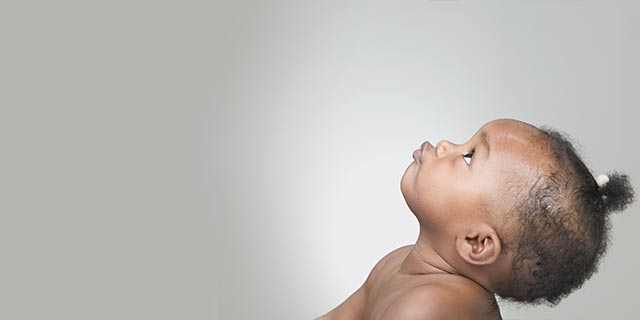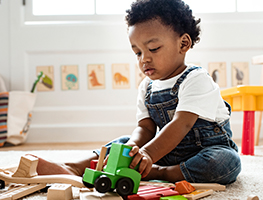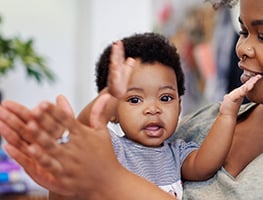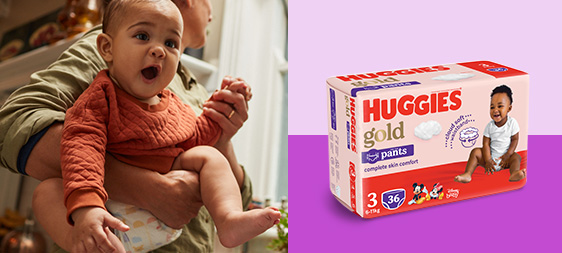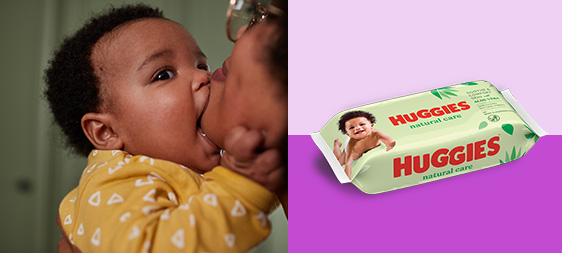Seeing is learning
Learning is mostly achieved through vision. For a young child who is constantly learning about the world at such a fast rate, it is crucial that good eye health is maintained. Visually impaired persons are 1.3% or approximately 600 000 persons, making it the largest disability group in South Africa.
What are the most common problems in young children?
Myopia or near/short-sightedness is a condition where objects at short distances can be seen clearly but distant objects appear blurred. It was a long held belief among optometrists and researchers that genetics, improper reading habits and working in poor lighting conditions causes Myopia. However, a lack of sunlight may actually be true culprit of this condition. So get the kids out into the backyard for a play and a bit of sunlight. Not only will it help their overall health but it will be doing their eyesight a whole lot of good too.
Hyperopia or far/long-sightedness is a condition where objects at a distance can be seen clearly but those closer to the eye can look blurred or cause eyestrain. Most newborns have this condition and as they grow, it begins to decrease in severity. It is believed that the condition is largely hereditary.
Astigmatism is a condition where objects appear blurred at all distances. This occurs as the cornea in the eye is not curved evenly in all directions causing it to bend light in different directions.
Strabismus or crossed eye is a condition where one or both eyes can be turned inward, outward, up or down. It usually occurs because of the failure of the eye muscles to work together.
Amblyopia or lazy eye is a serious condition, which can result from an untreated crossed eye, blockage due to cataract, trauma or lid droop. The brain suppresses images seen by the amblyopic eye to such an extent that a permanent decrease in vision can occur in this eye. While an obvious squint can easily be spotted, Amblyopia without any eye deviation may not be that easy to notice.
Why is it important to get an early diagnosis?
Without an ability to see the blackboard clearly at school, children can find it difficult to keep up at school. Without appropriate treatment, this visual problem may become a contributing factor in having vision-related learning difficulties later in school and could influence their quality of life.
Children often are not aware that they have a problem with their vision as they think everyone else sees the world the same way they do.
Untreated Amblyopia may become a cause of unemployment in young adults as their vision is considered inadequate for some occupations. When this condition is caused by a squint, it becomes a bit of a disfigurement that can be the cause of school-yard bullying and ridicule.
Blurred vision may sometimes indicate that your child has diabetes. Go to your nearest clinic or pharmacy to test for it and maybe rule it out.
Prevention
Two thirds or more of all blindness is avoidable, in that the causes are preventable and treatable.
Encourage children to spend more time outdoors rather than being cooped up indoors playing computer and/or video games. There are lots of benefits to outdoor play and heaps of different activities you can try. However, it is also important to minimise UV damage, so the usual sun protection should be used.
Encourage your child to maintain a proper posture while reading and working / playing on the computer.
The nutrient DHA plays an important role in eye development of young children. Breastmilk is naturally rich in DHA and now even some infant formulas and toddler milk drinks contain this important ingredient.
Foods such as dark green vegetables and eggs should be consumed. These are rich in lutein – an anti-oxidant and nutrient essential for good vision. There are lots of recipes for children of all ages.
A diet rich in Vitamin A should be adapted as it is important for maintaining good eye health.
If your child displays any of the following symptoms, they should be booked for an eye examination:
Squinting
Bringing books and objects close to the eyes
Blinking frequently and rubbing their eyes
Treatment and management options
Treatment will of course be decided individually for each child in consultation with your optometrist. As a general guide though there are several options:
Glasses and Contact lenses
Glasses and contact lenses remain the most commonly prescribed treatment for conditions like Myopia, Hyperopia and Astigmatism. For Amblyopia, Occlusion or Patching – which involves patching the ‘good’ eye to give the amblyopic eye a chance to develop better vision, may be recommended. The age of the child does play an important role in determining the right option though, for example contact lenses are usually not recommended for very young children.
Vision therapy treatment
Vision therapy treatment programmes involve eye exercises and application of light to bring about changes to visual function and health. It can be used on children of all ages. This field of optometry is especially useful for children as it is an alternative and non-invasive treatment option for many common eye conditions. Speak to your optometrist for availability.
Orthokeratology
Orthokeratology as a non-surgical method used to correct your vision. A contact lens is made to suit your eye specifically which you wear at night-time. It works by altering the shape of your cornea temporarily to weaken or even take away your short-sightedness during the day. However, this technique could be more costly than either glasses or contact lenses. Speak to your optometrist about its availability and suitability for your child.
Surgery
While the effects of techniques like Orthokeratology are temporary, a more permanent, long-term management option is surgery. Surgery is usually not recommended for young children with conditions such as short-sightedness as the eyes are still developing and the cornea continues to change its shape. However, for conditions like crossed-eye, surgery may be performed on young children. Even if surgery is recommended, only a cosmetic change will be observed where the affected eye is corrected so it does not look turned. Vision therapy will still be recommended before and after surgery to improve efficiency of the binocular vision system.

